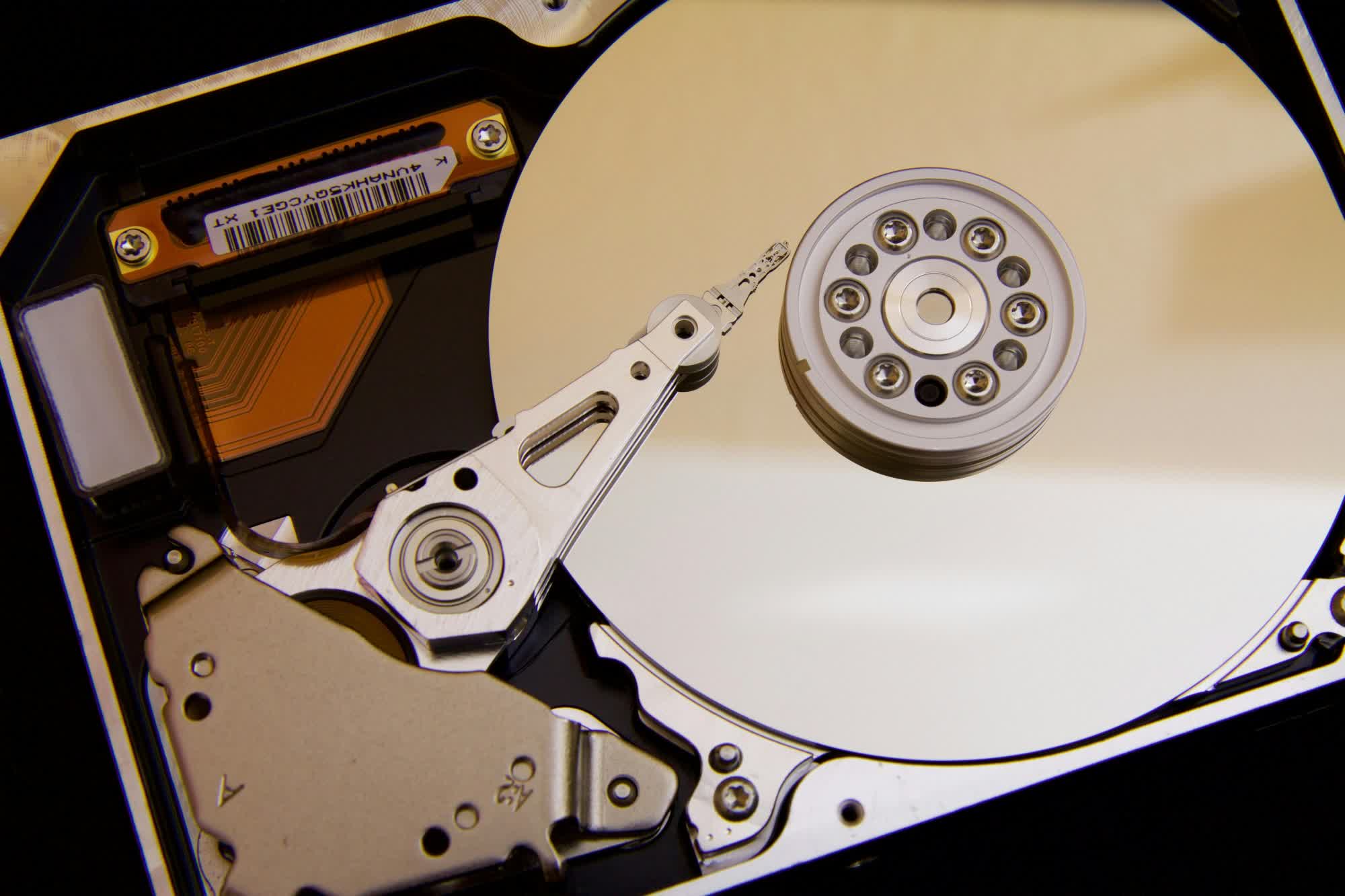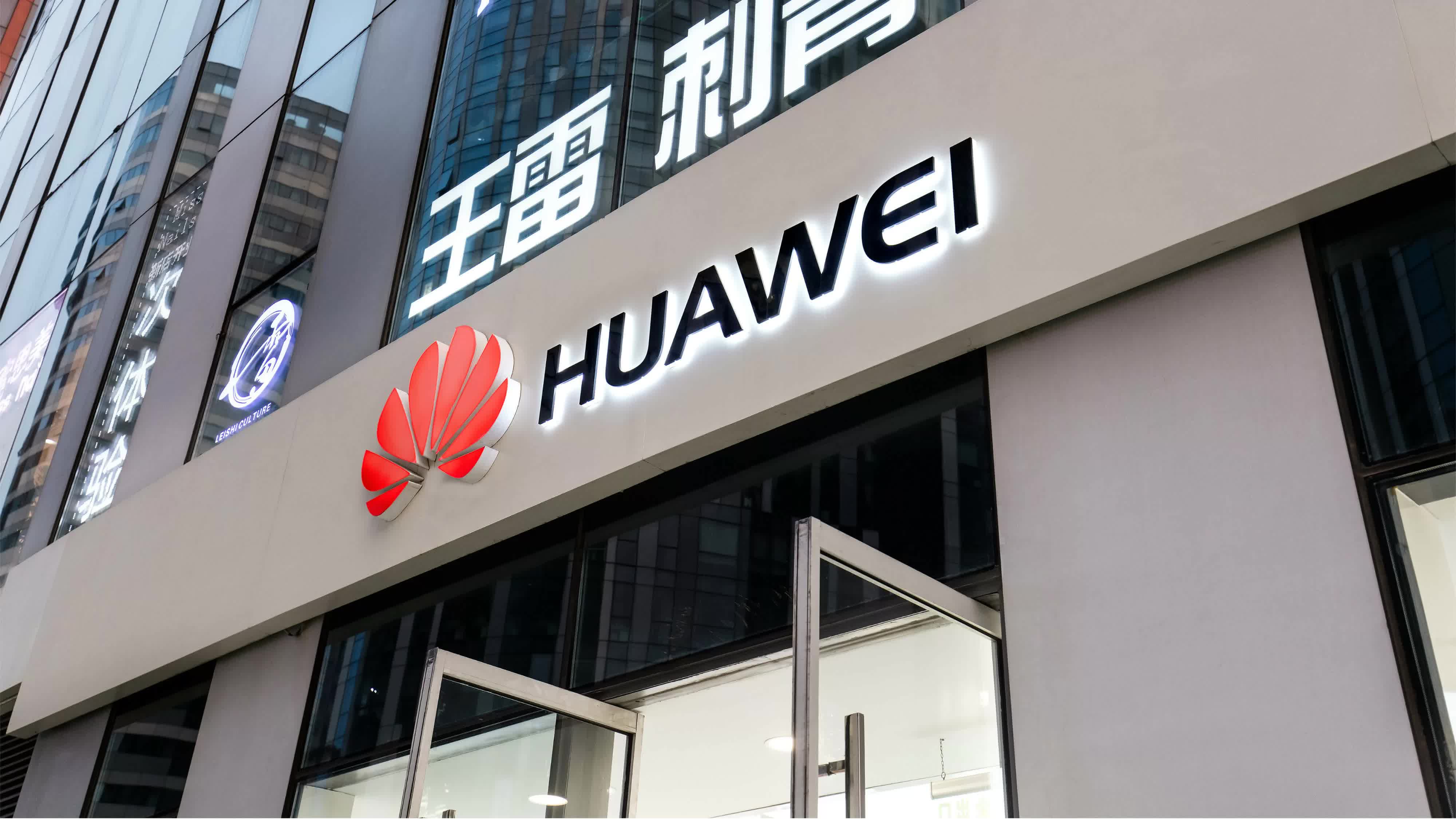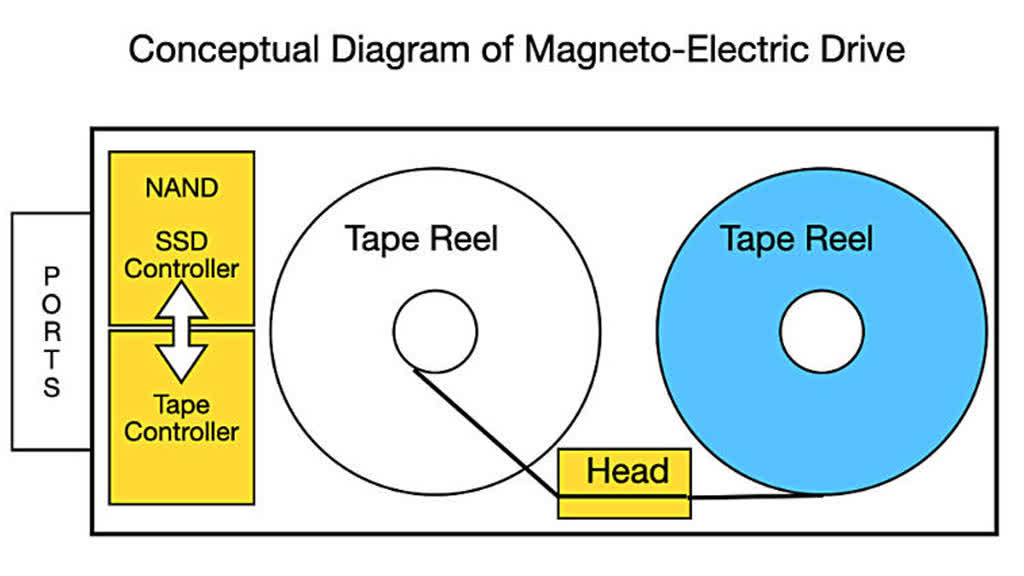In context: Huawei has been forced to get creative to maintain its technological edge with tensions running high between the US and China. The telecom giant has been cut off from sourcing critical American hardware like hard disk drives due to its inclusion on the US Entity List, so it decided to take matters into its own hands by developing an ingenious new storage solution called magneto-electric disk (MED).
Unveiled earlier this year, MED is Huawei's gambit to replace conventional HDDs entirely with a hybrid drive that combines the speed of solid-state drives with the capacity of tape storage. As reported by Blocks & Files, it fuses these technologies into a single sealed enclosure with the aim of killing two birds with one stone: bypassing US export controls while advancing data center storage capabilities.
Each sealed drive integrates an SSD alongside a proprietary tape system with spools, motors, and read/write heads. Data written to the MED first lands on the SSD for fast cached access, then gets sequentially streamed to the onboard tape for long-term archival storage.
When it's time to pull data, the MED's controller system locates the relevant blocks using a metadata map and fetches the data either from the SSD or the tape, which it does by streaming it through the MED's IO ports.
The process may sound complicated, but the reality is quite different. MEDs actually simplify storage architectures compared to traditional disk+tape solutions. There's no robotic tape handling needed, so MEDs can pack densely into standard drive bays.
This high-density format, combined with its low power draw, promises over 20% lower total cost of ownership versus legacy tape archives, according to Huawei – the first-gen 72TB MEDs use just 10% of the power of conventional HDDs. And in a single rack, an array of MEDs can achieve 8GB/s throughput across over 10 petabytes while sipping less than 2 kilowatts.

While the initial 72TB models are impressive, Huawei is just getting started with MEDs. The roadmap reveals plans for a shrunken 3.5-inch MED form factor in 2026 or 2027 that will pack shorter but higher-density tape media.
Of course, all of Huawei's MED innovations are covered by a thick layer of patents. The company expects to start shipping first-gen models sometime in 2025. Blocks & Files says that Chinese public cloud suppliers are already "having conversations" about using the technology.

